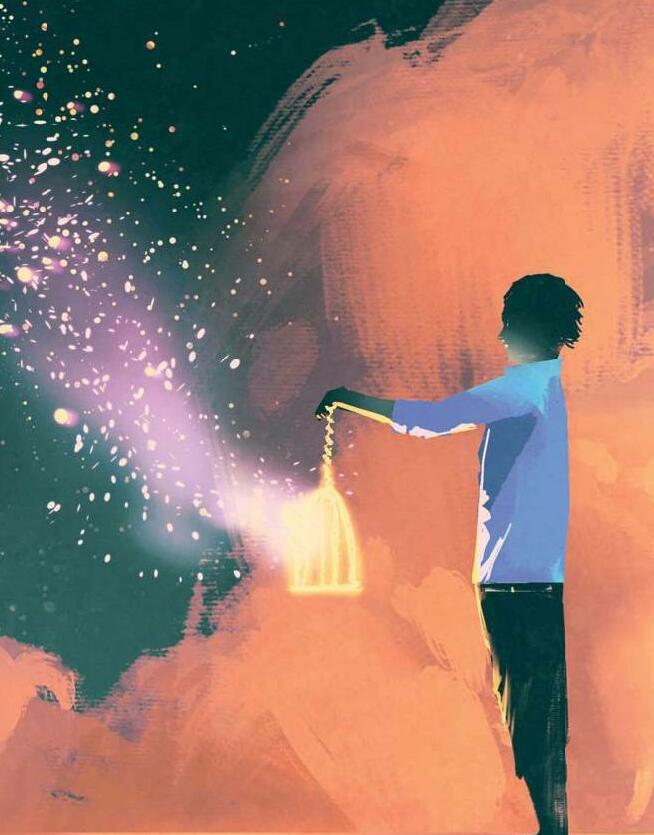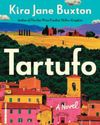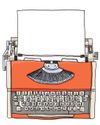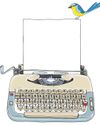
We typically associate wonder with science fiction, fantasy, or magical realism. Yet moments of wonder-an experience of amazement and awe that stills the mind and leaves us speechless-are all around us. Writers in any genre can captivate readers by using specific techniques to highlight the everyday wonder in daily life.
Wonder is a distinctly nonverbal experience, which differentiates it from curiosity (and the verb to wonder). Curiosity engages the thinking mind; the experience of wonder briefly stops thought.
Skilled writers can take everyday objects and processes and turn them into wondrous experiences for the reader.
As you read the examples below, notice how each author uses not only a given technique, but also their specificity of word choice and use of sensory engagement to evoke a sense of wonder. The more specific you are in drawing the reader in through sensory and somatic details, the more universally these moments will resonate.
ZOOMING IN AND BULLET TIME
In order to function in our world, we take many complex processes for granted-unfettered access to utilities, the functioning of our bodies, that hummingbirds and bees will continue to spread pollen. Each of these processes, though, is the inevitable result of dozens to hundreds of earlier moments.
Writers can evoke wonder by zooming in and slowing down time ("bullet time") or zooming in to show details invisible to the human eye.
A masterclass of this approach is Ruth Ozeki's A Tale for the Time Being, which entwines two narratives, one set in Japan and one on a small island off the coast of British Columbia. The latter gives rise to many moments of wonder like this one:
Esta historia es de la edición September - October 2024 de Writer’s Digest.
Comience su prueba gratuita de Magzter GOLD de 7 días para acceder a miles de historias premium seleccionadas y a más de 9,000 revistas y periódicos.
Ya eres suscriptor ? Conectar
Esta historia es de la edición September - October 2024 de Writer’s Digest.
Comience su prueba gratuita de Magzter GOLD de 7 días para acceder a miles de historias premium seleccionadas y a más de 9,000 revistas y periódicos.
Ya eres suscriptor? Conectar

What Is Your Story Question?
Revision and editing advice to take your first draft to the next level.

Writing for the People We Hope to Become
Elisa Stone Leahy's new middle-grade novel, Mallory in Full Color, tackles the in-between moments of adolescence, when who we are and who we want to become collide.

Creating Community
Whether hot off the presses or on the shelves for years, a good book is worth talking about.

Pat Barker
The Booker Prize-winning author of Regeneration shares the role characters play in developing novel ideas and explains what appeals to her about reimagining mythology.

How to Write in Different Genres
Emiko Jean and Yulin Kuang share tips and strategies for how they successfully write in different genres and mediums.

The Shortest Distance Between Two Points
Ten tips for writing a novel with 100-word stories.

Mayfly Marketing
How to sell your novel in a short-attention-span world.

"You'll be a great essay".
How to write six types of personal essays by finding the funny in your life.

The Idea Factory
Tired of staring at an empty screen? Unlock your inner fiction generator with these surprising inspiration techniques.

Seinfeld Was Right: That's a Story
Use mundane moments from everyday life to create stories that pack a punch.